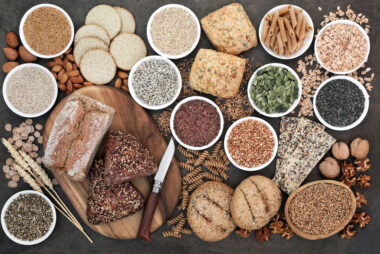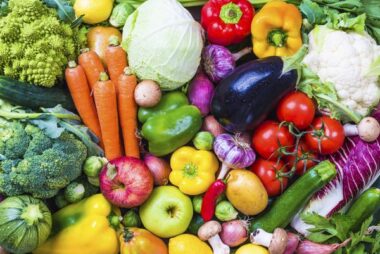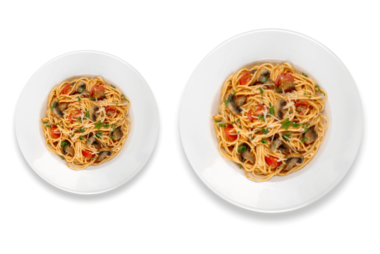Healthy Eating for Women
Men and Women alike need to eat well-balanced meals for their bodies to function properly. But women have special nutrient needs to keep in mind, and these often change during each stage of a woman’s life. Healthy Eating Includes: At least three ounce-equivalents of whole grains Three servings of low-fat or fat-free dairy products Around five ounce-equivalents of protein-rich foods One-and-a-half to two cups of fruits Two-and-a-half cups of colorful










